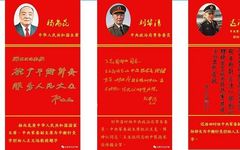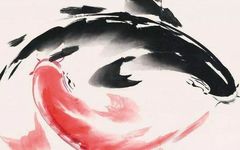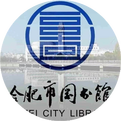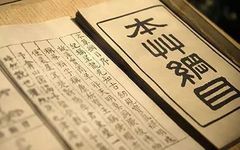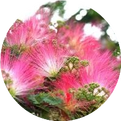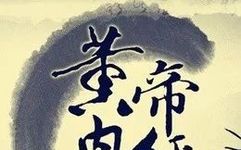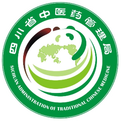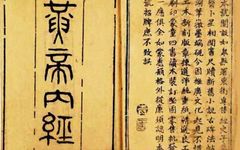The Theory of Yin-Yang Balance in Traditional Chinese Medicine
National and Military Leaders Promote Balancing Acupuncture Balancing acupuncture brings health to those destined to receive it. Hello everyone, I am Balancing Jun. Below, I will share the attributes of the theory of Yin-Yang balance. The Huangdi Neijing (Yellow Emperor’s Inner Canon) clearly delineates the attributes of Yin and Yang. Water and fire are the … Read more

